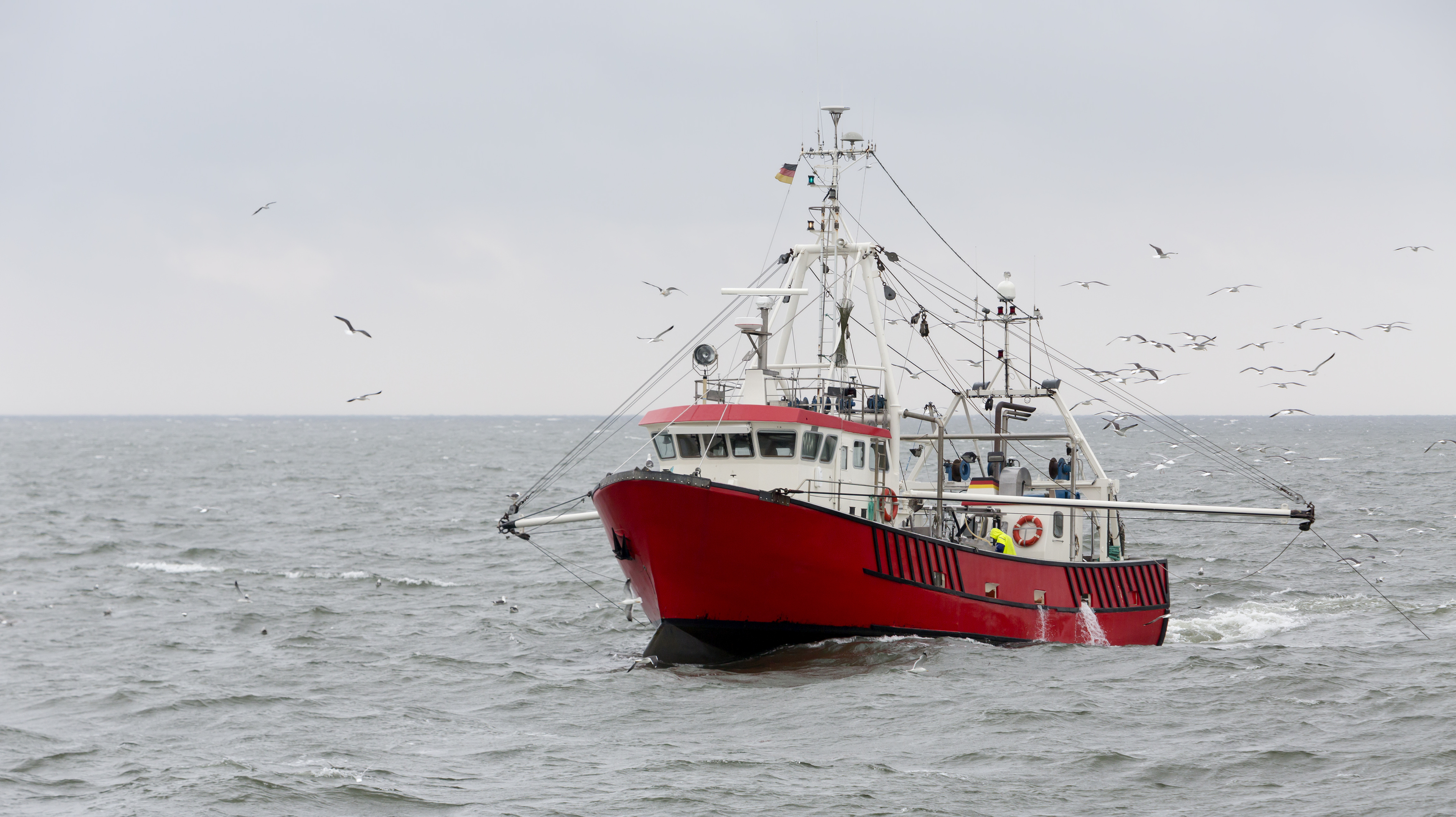
BRITAIN’S fishing industry will need continued access to European markets if it is to thrive after Brexit, a parliamentary report has warned.
And the report warned that other EU nations may demand greater access for their ships to UK waters than home-grown fishermen would want, as a trade-off for the market access which is “crucial” to the industry.
With 66% of UK fish exports going to the EU, the Government must seek to preserve tariff-free or low-tariff trade in fish as part of its negotiation of the terms of withdrawal, said the House of Lords EU Committee.
The committee warned that the interests of the fishing industry should not be sidelined in the Brexit negotiations, even though it accounts for less than half of one per cent of GDP.
Despite making up a relatively small proportion of the UK economy as a whole, it is highly significantly locally to many coastal communities, said the report.
Leaving the EU will mean exiting the much-criticised Common Fisheries Policy and giving the UK the right under international law to control who fishes within its waters.
It will give the UK the opportunity to develop regulations tailored to its own needs, said the report.
But it warned that the UK industry should not discard elements of the CFP which have helped maintain stocks and prevent over-fishing.
And it noted that the UK will continue to be under international obligations to co-operate with neighbouring states where fish stocks are shared between the waters of two or more countries.
Lord Teverson, chairman of the Lords EU Energy and the Environment Sub-Committee, said: “Many people in the UK fishing industry were vocal supporters of Brexit and there is a strong sense that it presents an opportunity for them to grow and develop the industry.
“That may very well be the case but if that opportunity is to be taken, while ensuring fishing does not return to the unsustainable levels of the past, we need to ensure the recent positive developments of the Common Fisheries Policy, largely promoted by the UK, are not discarded.
“Fish stocks are a shared resource and fish don’t recognise national borders. We will have to continue managing fish stocks in a responsible and co-operative way to prevent over-fishing.
“The UK fishing industry relies heavily on trade with the EU.
“Brexit will involve many trade-offs, and it may very well be that EU member states demand more access to UK waters than some fishers would want in return for our continued rights to sell fish to the European market with zero tariffs.
“What we are absolutely clear on is that the fishing industry and the coastal communities who rely on that industry should not be overlooked and must be fully consulted.
“While fisheries is a relatively small part of the UK economy, it is of fundamental importance to a great many people in different parts of the UK, from Brixham to Grimsby and Newlyn to the Shetlands. Those voices must be heard in the negotiations.”
The committee stressed the importance of taking devolved administrations in Scotland, Wales and Northern Ireland into account “from the outset” when developing a strategy for negotiations over the future of fisheries.
It found that of the 666,000 tonnes of fish farmed and caught in the UK in 2014, 499,000 tonnes (75%) were exported, and 66% of those exports went to the EU.
The UK also imported 721,000 tonnes of fish, 32% of which came from the EU.

Enjoy the convenience of having The Sunday Post delivered as a digital ePaper straight to your smartphone, tablet or computer.
Subscribe for only £5.49 a month and enjoy all the benefits of the printed paper as a digital replica.
Subscribe